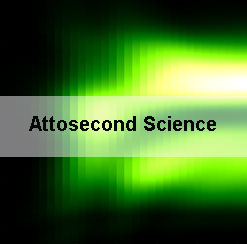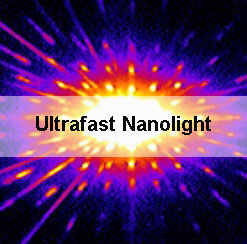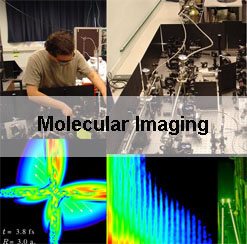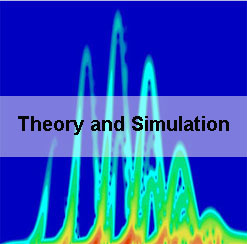Head of Attophysic group : Pascal SALIERESScientific goalsIn the last ten years, the development of perfectly controlled femtosecond laser pulses at high intensities and few-cycle duration has opened a whole new range of opportunities. Indeed, this allows controlling with fs/as precision their interaction with matter and, in particular, creating secondary sources of XUV radiation in the attosecond range (1 as= 10-18 s) using the high harmonic generation (HHG) process. These advanced femtosecond/attosecond sources allow probing the structure and dynamics of matter on the atomic/electronic timescales and lengthscales (Angström). This has become a hot topic in the scientific community with intense international competition.Based on the expertise accumulated over 30 years of intense laser-matter studies, the main goals of the Attophysics group in the last five years have been the following: I) Understand and control the laser-driven rescattering dynamics of an oscillating electron with the ion core, that leads to a number of important processes, such as electron-ion elastic scattering, multiple ionization or recombination with emission of attosecond pulses of XUV light II) Develop the attosecond technologies, i.e., the synthesis of attosecond sources with controlled properties (polarization, single/multiple pulses separated in space/time, …), their advanced characterization using attosecond metrology, the buildup of integrated attosecond beamlines stable and reliable for users III) Develop new types of spectroscopies (high harmonic spectroscopy, attosecond photoionization spectroscopy) making use of the attosecond emission in order to study ultrafast electronic and nuclear dynamics in the gas phase as well as in the solid phase. IV) Develop new (lensless) imaging techniques in the XUV with high temporal (atto/femto) and spatial (nm) resolutions allowing the observation of various dynamical processes (spin reversal of magnetic nano-domains, biological cell imaging) V) Study high harmonic generation in solids (semiconductors, dielectrics, 2D materials: graphene, MoSe2) for applications to: ’all-solid-state’ attosecond emission, spatio-temporal manipulations, nanoplamonics, PHz optoelectronics… |
Research topics
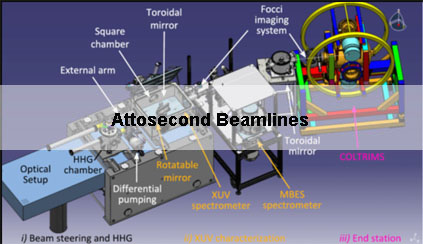 |
Membres
Projets
-
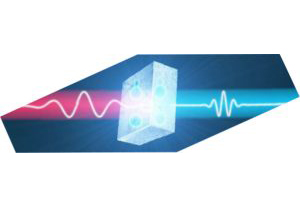
ANR ATTOCOM project (English)
HHG in semiconductor crystals High-order laser harmonic generation (HHG) in semiconductor crystals is a new source of short wavelength, ultrashort duration (femtosecond to attosecond) pulses at very high rates, enabling us to track ultrafast electronic dynamics in complex materials. Compared with HHG in gases, solid-state sources promise more advanced control and greater versatility of this…
-
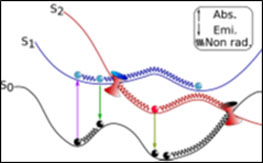
ANR ESBODYR Excited States of BiO-relevant systems: towards ultrafast DYnamics with conformational Resolution
ANR ESBODYR Excited States of BiO-relevant systems: towards ultrafast DYnamics with conformational Resolution
-

ANR NANOLITE project
Laser platform for EUVmetrology Created in January 2020, the NANOLITE joint laboratory, funded by the French National Research Agency (ANR) and bringing together CEA and the company Imagine Optic, is developing original solutions for optical metrology at short wavelengths. The aim of the NanoLite joint laboratory is to bring together an academic laboratory with expertise…
-
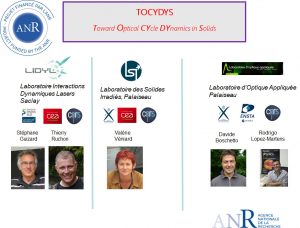
ANR TOCYDYS
Dynamique du solide au cycle optique – TOCYDYS
-
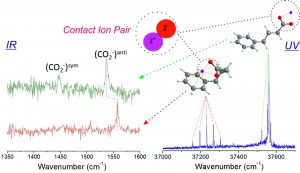
Ion Pairs
Ion Pairs Ion pairs are ubiquitous in Nature, from sea water and aerosols, to living organisms. Being the very first step of crystallization of ionic species and influencing the properties of…
-
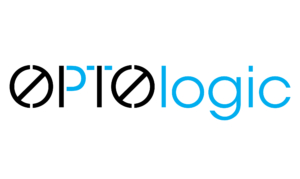
OPTOLOGIC (2020-2024) – H2020 FET OPEN
The aim of this project is to develop a new technology for energy-efficient logic operations based on the use of light-induced and light-controlled topology in two-dimensional materials. This will create a new technology platform that exploits the best aspects of topology, optoelectronics and quantum materials by combining i) topology protection to achieve dissipation-free electronic transport,…
-

Projet ANR Xstase (Lidyl/Atto)
Xstase : XUV STudies of light beams carrying Angular momenta : Synthesis and exchanges.
-
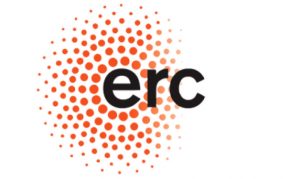
SATTOC – Solution ATTOsecond Chemistry – ERC Starting Grant 2022
Hugo Marroux, chercheur au Laboratoire Interactions, Dynamiques et Lasers – LIDYL de l’Institut IRAMIS du CEA, est bénéficiaire d’une ERC starting grant 2022 pour son projet SATTOC, “Solution…
-
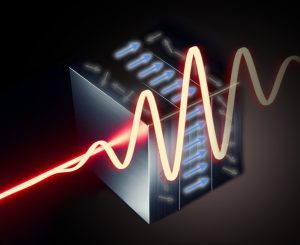
SPINFIELD – Controlling spin angular momentum with the field of light – ERC Starting Grant 2021
Dans son projet “SPINFIELD – Controlling spin angular momentum with the field of light”, Romain Geneaux, chercheur de l’équipe ATTO du CEA-IRAMIS/LIDYL, étudiera l’interaction entre la lumière et le…
-
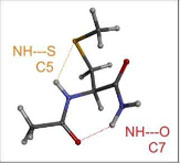
TUNIFOLDS
TUNIFOLDS : Building blocks of foldamers in the gas phase Contacts M. Mons, V. Brenner This topic capitalizes on the team’s achievements and in particular its pioneering role in the laser…
Domaines Techniques
-
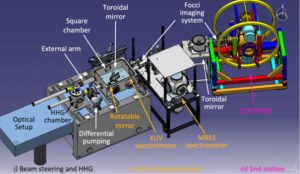
Attosecond beamlines
The ATTOphysics Group is the Coordinator of the brand new national facility ATTOLab. Initiated by an Equipment of Excellence (Equipex) program of the National Research Agency (ANR), it gathers nine…
-
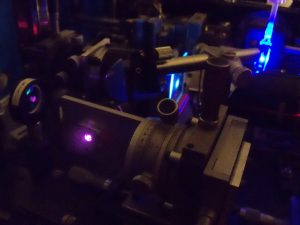
Dynamique des molécules biologiques / Time-resolved techniques for dynamic studies of biological molecules
The specificity of the group is the use of high-performing time-resolved spectroscopy. DNA and its constituents are fragile systems so particular care is taken with regards to excitation energy and…
-
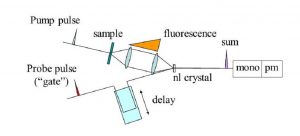
FLUME: Fluorescence Upconversion of Molecular Excited States
The FLUME (Fluorescence upconversion) platform is a special facility for obtaining time-resolved fluorescence spectra of condensed-phase molecules, enabling the study of molecular kinetics on the femtosecond scale. The system is based on the fluorescence conversion technique. It uses a conventional Ti:S oscillator that produces ~100 femtosecond pulses at 800 nm, which are then doubled or…
-
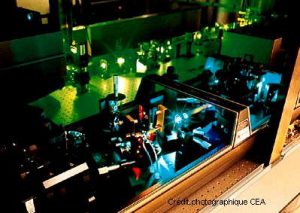
Laser
The femtosecond laser facilities of the DRECAM offer to the national and european researchers, ultra short pulse duration and high intensity laser lines instrumented by numerous diagnostics. These…
-
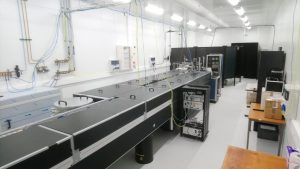
Nanolight Platform
Nanolight installation LIDYL’s NANOLIGHT platform has been installed in a new 85 m2 laboratory on the CEA Orme des Merisiers site. Based on a Ytterbium fiber laser with a 100 kHz repetition rate,…
-

SLIC: our support teams
The laser platforms and instrumentation developed and implemented at LIDYL are highly technical devices requiring high-quality technical support. This support role is grouped at LIDYL within the SLIC group. It includes the essential technical support needed to supply state-of-the-art lasers and manage laser platforms for internal (LIDYL) and external (national and international) users, the mechanical…
-

UHI100 and FAB1-10 laser management
Managing our laser platforms For over thirty years, LIDYL has owned and operated a fleet of high-level laser platforms based on intense femtosecond lasers. The laboratory’s objective has always been to develop its platforms in such a way as to reconcile reliability and technological progress. Laser management is handled by the user team for medium-sized…
Emplois
-
Postdoc position opened at CEA-Saclay (Paris, France) in the field of EUV metrology
Post-DoctoratEssonne (91)January 17 2024The use of very short wavelength light is developing rapidly in a wide variety of fields adiotherapy, lithography, academic research, attophysics, etc.). This type of radiation imposes severe constraints on the quality of the optical elements used. However, the current techniques of control offer limited resolutions as they are based on the use of visible…
-
Internship: Proof of concept for in operando H2O2 determination by flash photolysis
StageEssonne (91)May 6 2024The internship will involve adapting the H2O2 flash photolysis process for in operando measurement under ionizing radiation. For the proof of concept, it will be necessary to determine the best chemical system and protocol for analyzing the content of H2O2 formed during the radiolysis of water with heavy ions. The internship will make it possible…
-
Internship: Laser developments for attosecond physics in semiconductor crystals.
StageEssonne (91)May 29 2024The objective of the internship is to modify and optimize the properties of a femtosecond laser in order to extend the laboratory’s experimental capabilities on the study of attosecond dynamics (1 attosecond = 10^-18 second) during laser-condensed matter interaction, and in particular the fundamental mechanisms of high-order harmonic generation in semiconductor crystals. The objective of…
-
PhD offer: Attosecond electron and spin dynamics in 2D and 3D magnetic materials (English)
CDDEssonne (91)October 1 2024Attosecond science is concerned with the dynamics of matter at ultimate times, using light pulses of attosecond duration (10-18 s). Our laboratory has been a pioneer in the development and use of these pulses for the study of matter. In particular, we operate several platforms dedicated to attosecond spectroscopy of solids. During this PhD project,…
-
PhD-thesis announcement PMS-DICO : ‘lectronic structure of 2 dimensional materials’ (anglais)
CDDIle-de-FranceSeptember 1 2024A joint Ph.D. project between DICO / LIDYL / CEA Saclay (F) and University of Bohemia (CZ)Supervisors: Professors Christine Richter (DICO, CYU), Jan Minar (UWB)Experimental and computational condensed matter & surface physics We are seeking a highly motivated candidate, with good skills in experimental physics, dataanalysis, and a Master degree in solid state physics. Experience…
-
Position of Instrumentation Technician M-F DICO
CDIEssonne (91)January 1 2025The person recruited will be involved in the development of experimental instrumentation: this covers the design of small electro-mechanical devices, instrumentation, design with simple CAD elements in conjunction with researchers. Computer control of experiments in place or being set up will be planned and carried out in collaboration with the DICO group’s team of experimenters.…
Thèses
-
Compact source of electrons-positrons/muons-antimuons pairs
PHI : Radiation-matter interactionsParis-Saclay Ondes et Matière (EDOM) Saclay### Context The context of this PhD thesis deals with laser plasma electron accelerators (LPA), which can be obtained by focusing a high-power laser into a gas medium. At focus, the laser field is… -
Large-scale numerical modeling and optimization of a novel injector for laser-driven electron accelerators to enable their use for scientific and technological applications
PHI : Plasma physics and laser-matter interactionsParis-Saclay Ondes et Matière (EDOM) SaclayUltra-short, high-energy (up to few GeVs) electron beams can be accelerated over just a few centimeters by making an ultra-intense laser interact with a gas-jet, with a technique called “Laser… -
Implementation of a novel injector concept to boost the accelerated charge in laser-driven electron accelerators to enable their use for scientific and technological applications
PHI : Plasma physics and laser-matter interactionsParis-Saclay Ondes et Matière (EDOM) SaclayUltra-short, high-energy (up to few GeVs) electron beams can be accelerated over just a few centimeters by making an ultra-intense laser interact with a gas-jet, with a technique called “Laser… -
Attosecond dynamics of electrons and spins in 2D and 3D magnetic materials
DICO : Radiation-matter interactionsParis-Saclay Ondes et Matière (EDOM) SaclayAttosecond science focuses on the study of dynamics in matter at ultimate timescales, using light pulses of attosecond (10-18 s) duration. Our laboratory has pioneered the development and use of… -
Attosecond high reprate spectroscopy of ultrafast photoemission of gases
ATTO : Radiation-matter interactionsParis-Saclay Ondes et Matière (EDOM) SaclaySummary : The student will develop attosecond spectroscopy techniques making use of the new high reprate Ytterbium laser sources. The ultrafast photoemission dynamics will be studied to reveal in… -
Exploration of the energy deposition dynamic on short time scale with laser-driven electron accelerator in the context of the Flash effect in radiotherapy
PHI : Radiation-matter interactionsParis-Saclay Ondes et Matière (EDOM) SaclayThe objective of the thesis project is to analyze the physicochemical processes resulting from the extreme dose rates that can now be obtained in water with the ultra-short (fs) pulses of…
Thèmes de recherche
-

Instrumentation et soutien à la recherche (LIDYL/SLIC)
L’équipe SLIC (Supports et Lasers à Impulsions Courtes) du LIDYL est un groupe de développement laser et de support technique. La mission principale de SLIC est de fournir des lasers de pointe pour…
-
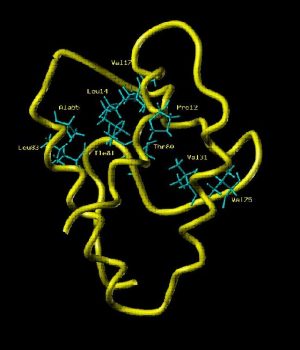
Physics and life
Threeresearch programsof the IRAMIS found an natural extension towards biology: Molecular engineering, where studies of co-operative interactions of molecules in solution found a direct extension…
-
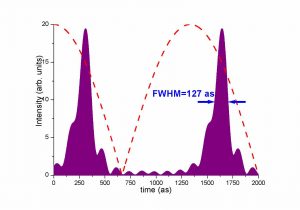
Physique et chimie femtoseconde-attoseconde / Femtosecond-attosecond physics and chemistry
While the pulse durations of infrared lasers are reaching the fundamental limitation imposed by the duration of the optical cycle (a few femtoseconds), High-order Harmonic Generation has recently…
-
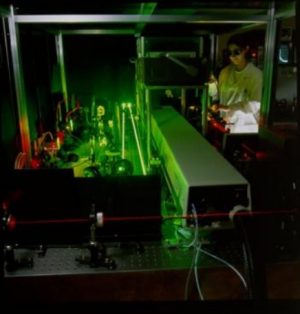
SLIC: Post-compression activity
Description Post-compression of sub-10fs pulses has been a major research focus of our team for several years. The first major development concerns the study, design and implementation of a post-compression device on the SE1 channel of the ATTOLab platform’s FAB1-10 laser, enabling pulses of energy up to 8 mJ to be coupled into a 2m-long…
-
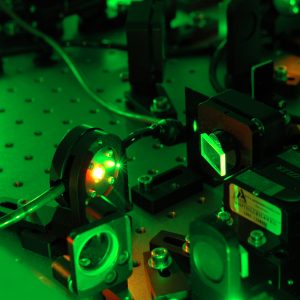
Support et Lasers à Impulsions courtes / Support and short pulse lasers
Cliquer ici pour consulter le nouveau site ‘Supports et Lasers à Impulsion Courte’ L’équipe SLIC (Supports et Lasers à Impulsions Courtes) est un groupe de développement laser et de support…
-
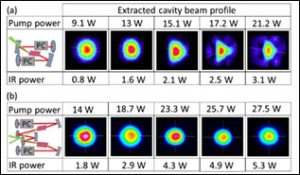
Titanium-Sapphire CPA amplifiers
One of our main R&D programs concerns the development of intense Titanium-Sapphire lasers at high power, medium and high frequency (1 to 10 kHz) and stabilized in CEP (Carrier Envelope Phase). Together with Amplitude Technologies in the joint R&D laboratory “IMPULSE”, we have studied and developed new amplification architectures corresponding to the medium-term needs identified…


